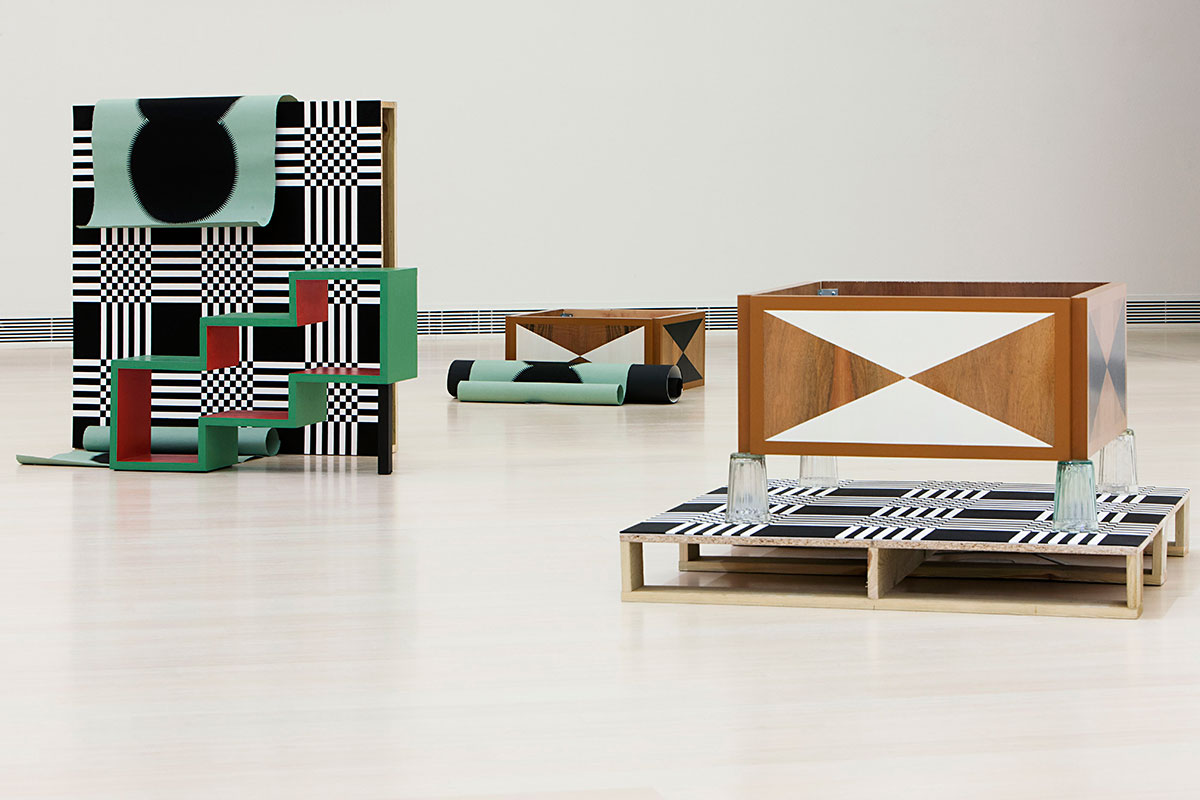
Salon Systémique, 2010
Solo exhibition
MUSA – Museum on Demand, Vienna (since 2018 Wien Museum)
Mai 21—June 17, 2010
[silence] – A Holocaust Exhibition, Ludwig Múzeum Budapest, Budapest
July 10—September 28, 2014
The emphasis of Ekaterina Shapiro-Obermair´s artistic intention lies thus in the attempt to extend the field of activity of the artist to curatorial work, exhibition design, architecture, culturology and ethnography. The position of the artist, the collector and the curator are placed in a relationship next to each other. Most of her works bear relation upon Russian art and culture.
The artist´s intention in “Salon Systémique” is tied to the production of spatial-representational constellations, which are formed from various self-produced as found elements. Her patterns, objects, collages, everyday objects and furniture emphasize, through their artisan texture and agerelated traces, its materiality and its presence. The objects refer – whether they were made or found – to historical contexts, without being pure quotations. They are not literally themselves nor anything else, but memories of forms, reduction and materiality.
Installation consisting of four objects and eight collages:
No.1: wood, varnish, gouache, cardboard, paper, 81 × 96 × 46 cm;
No. 2: wood, varnish, gouache, cardboard, glass, 81 × 81 × 46 cm;
No. 3: wood, varnish, gouache, paper, 50 × 80 × 46 cm;
No. 4: wood, varnish, gouache, paper, 68 × 96 × 22 cm;
each collage: 32 × 23 cm or 23 × 32 cm.
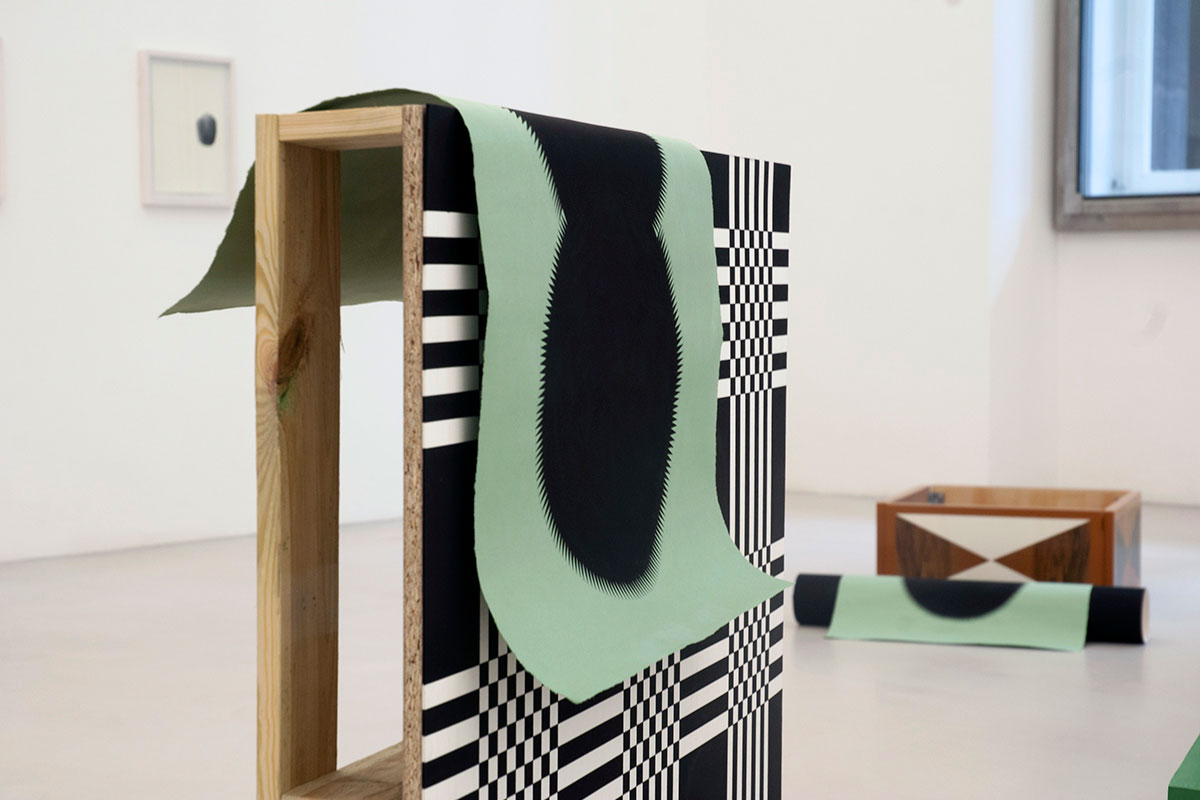
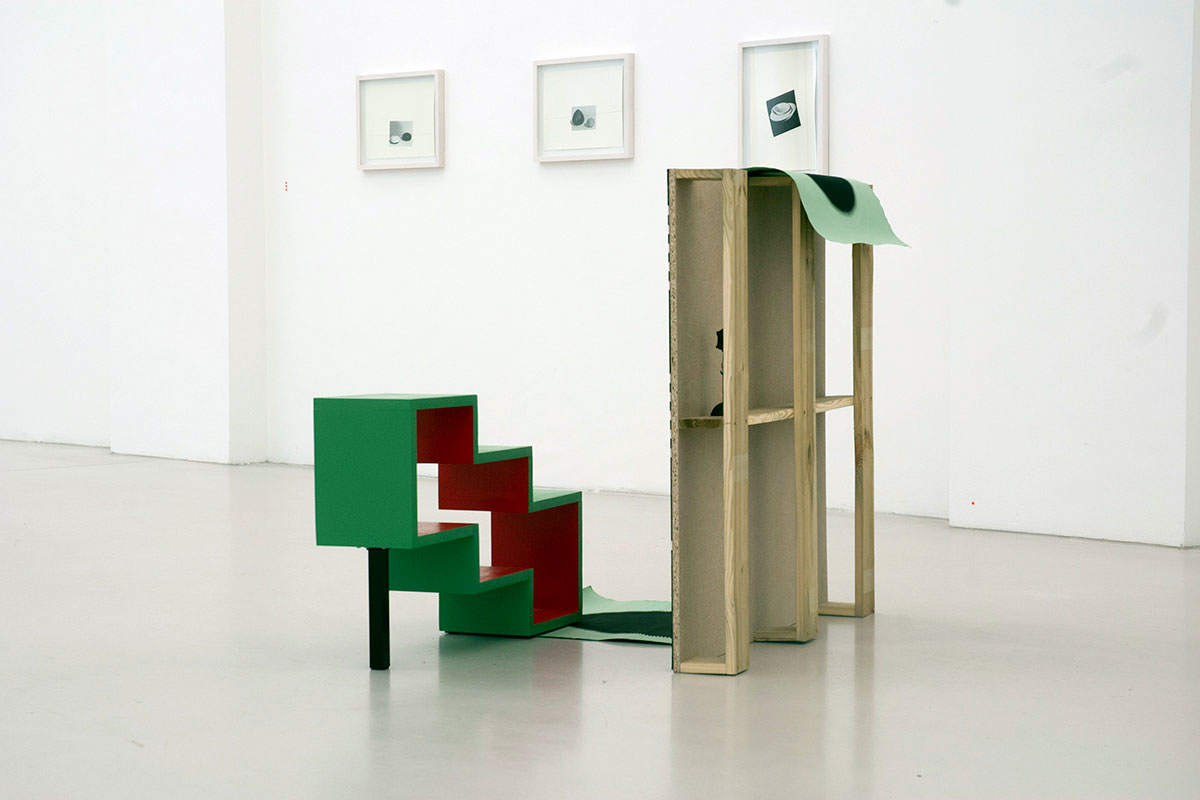
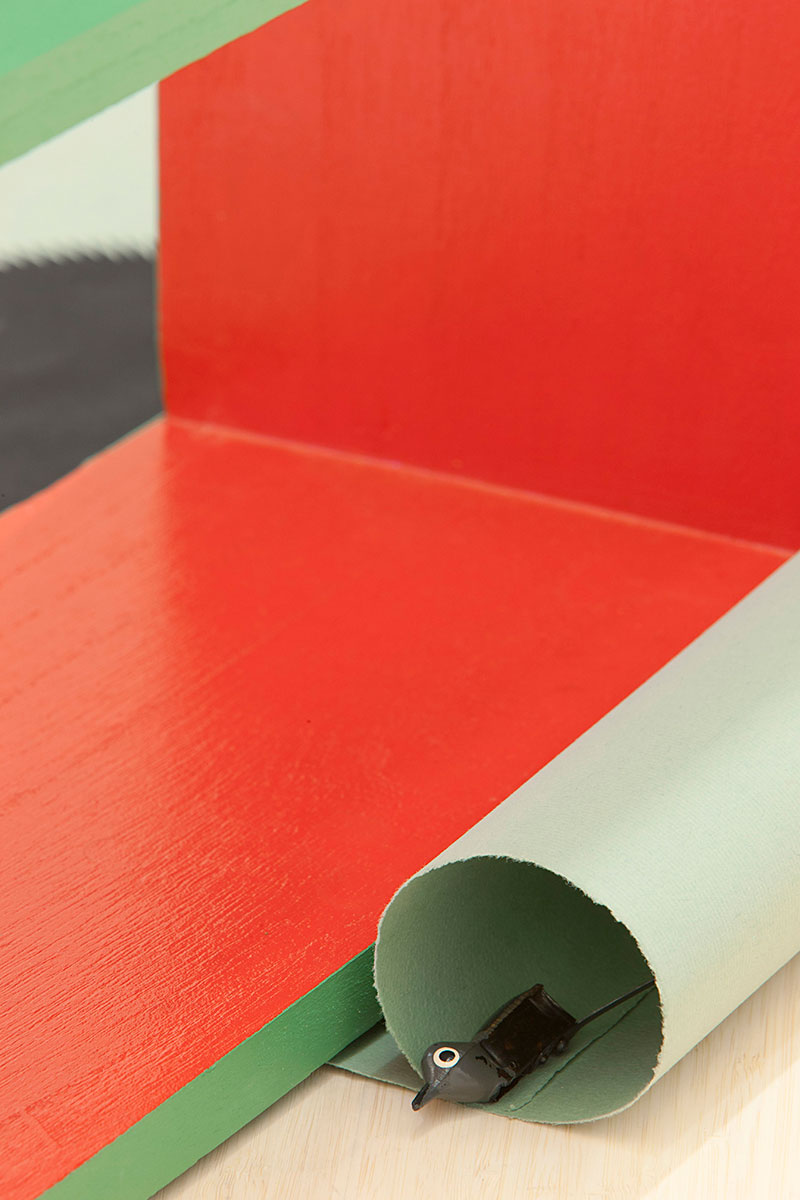
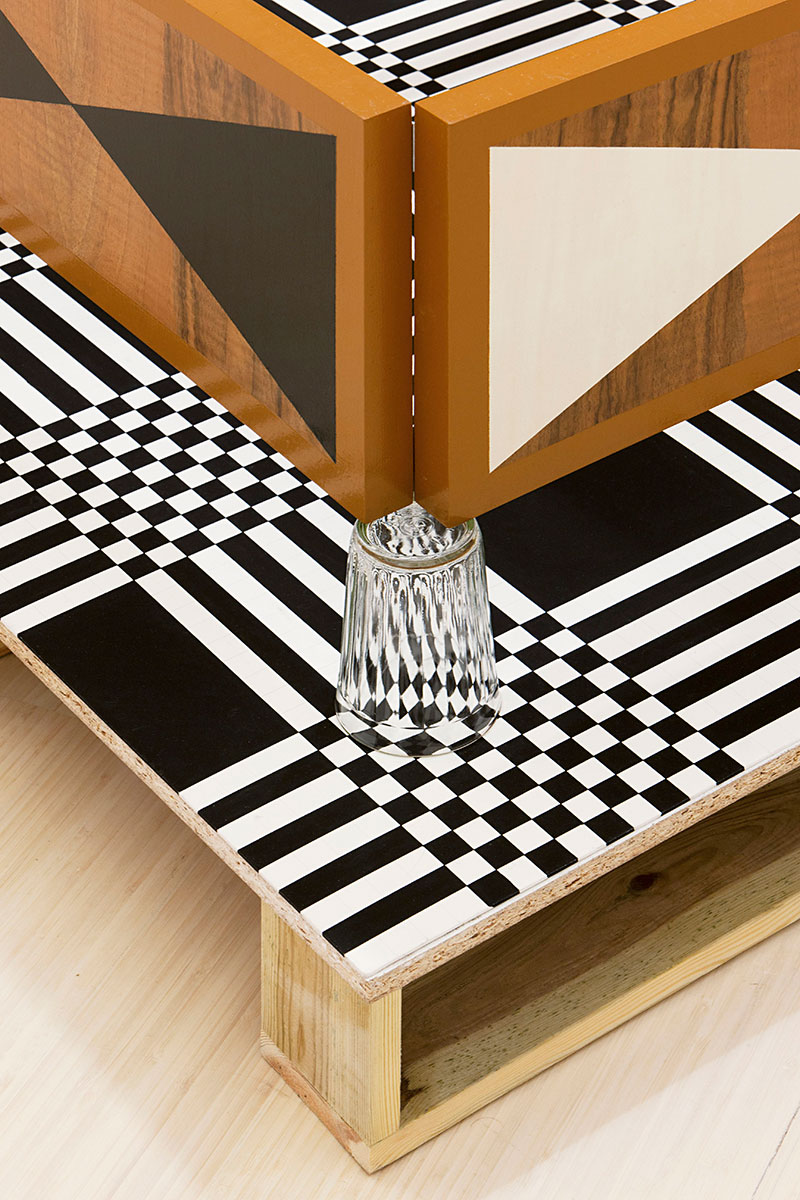
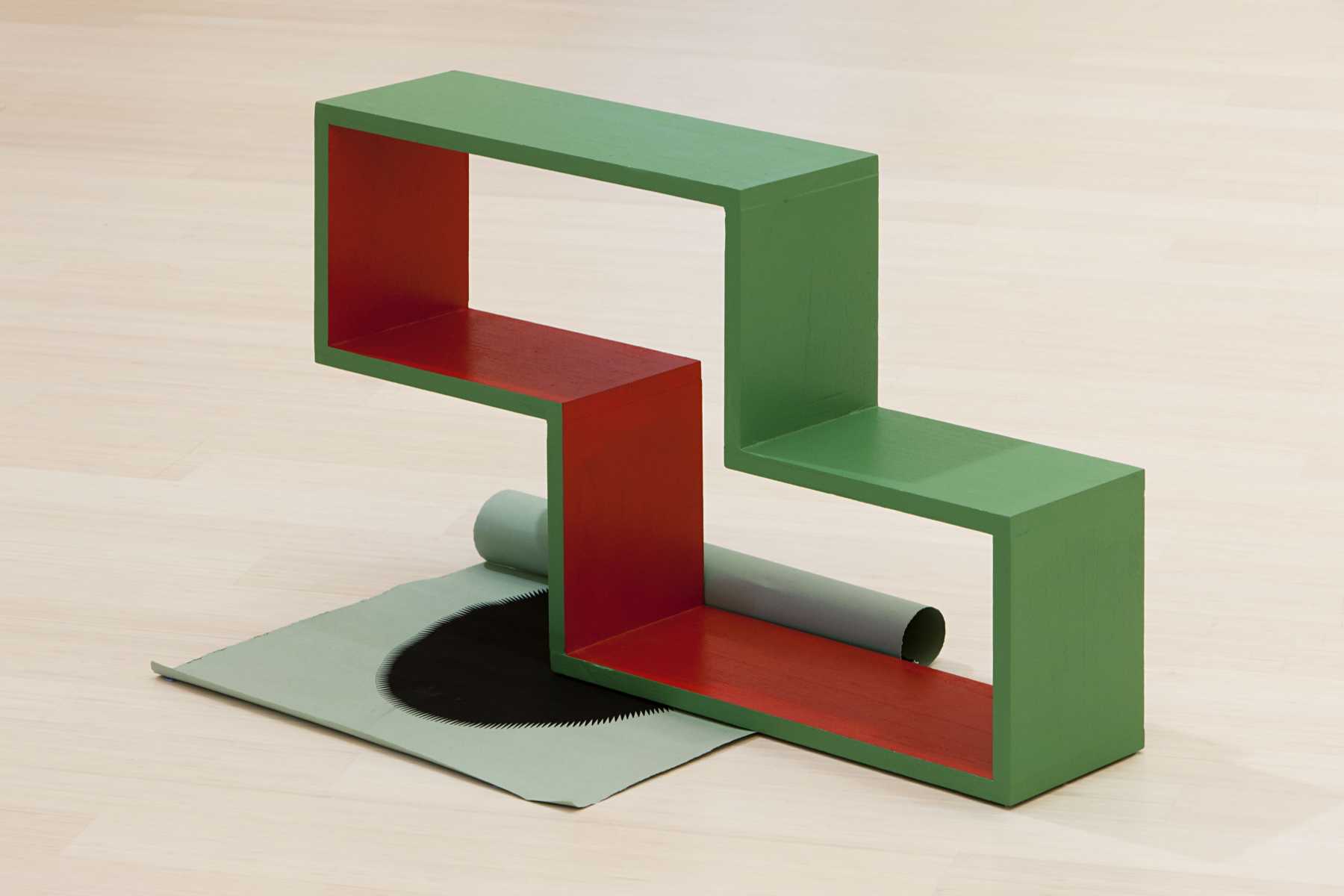
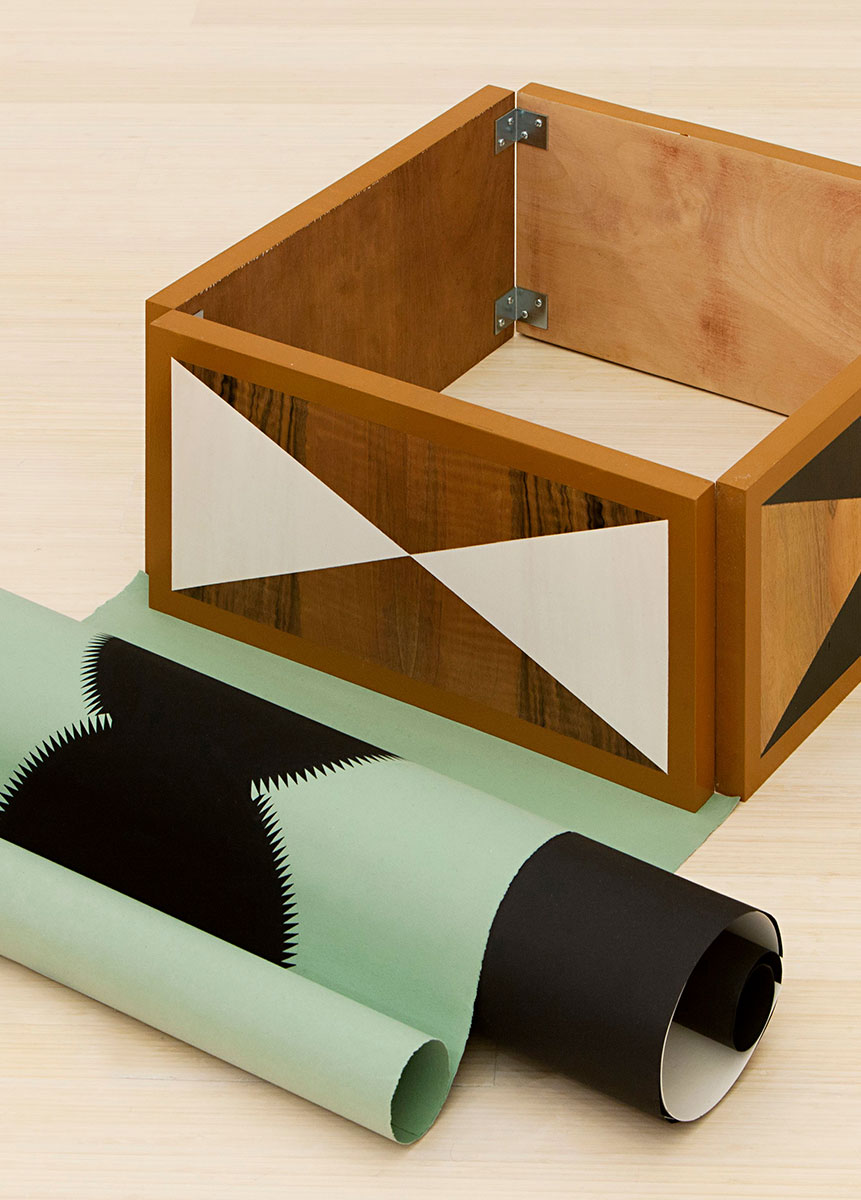
Katalin Timar, [silence] – A Holocaust Exhibition, exh. cat., Ludwig Múzeum Budapest, Budapest, 2014
In the work of Ekaterina Shapiro-Obermair, relationality and “eclecticism” (Kathi Hofer) are probably those two key terms that describe her artistic strategy. The eclectic – or one could also say promiscuous – strategy allows Shapiro-Obermair to maintain a resistance to received ideas when it comes to some central dogmas of art and art history, such as authorship, the possible facets of the multiple in the face of the uniqueness of the art object, the artwork´s relationship to its spectators, the purity of the definition of the artist, to name a few. In her installations, she juxtaposes photographs of modernist-minimalistic objects with hand-made drawings of repetitive, geometrical forms, and adds elements that have a questionable identity – they can be minimalistic, abstract sculptures or pieces of unidentifiable furniture. Every seemingly identical part slightly differs from the other, and this hardly discernable difference can be endowed with a metaphorical meaning. With her cerafully staged installations and “arrangements” and from an anti-formalist position, Shapiro-Obermair reconsiders the transcendency of art by indirectly arguing with ideas about modernism and abstraction, similarity and difference.
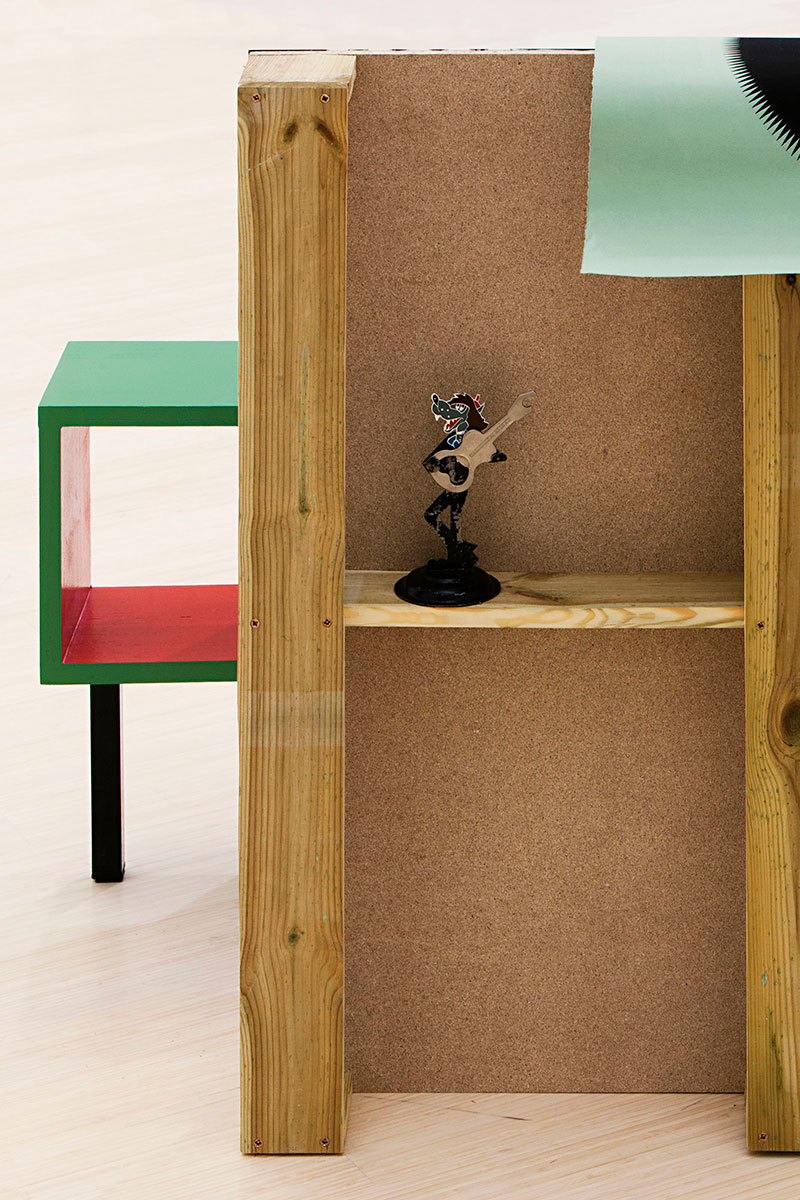
Photography by Tamas Bujnovszky and Ekaterina Shapiro-Obermair